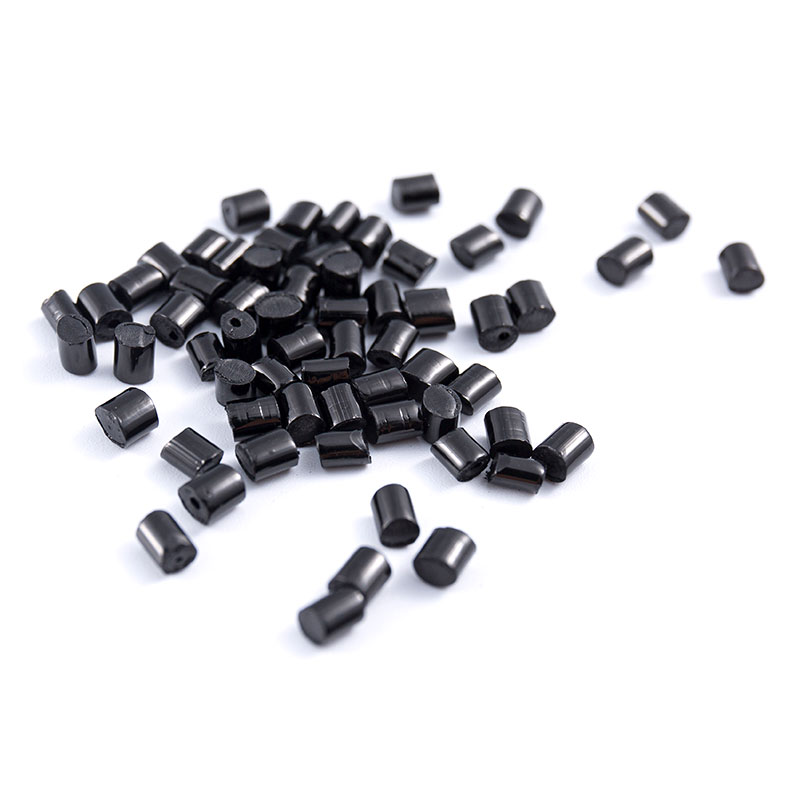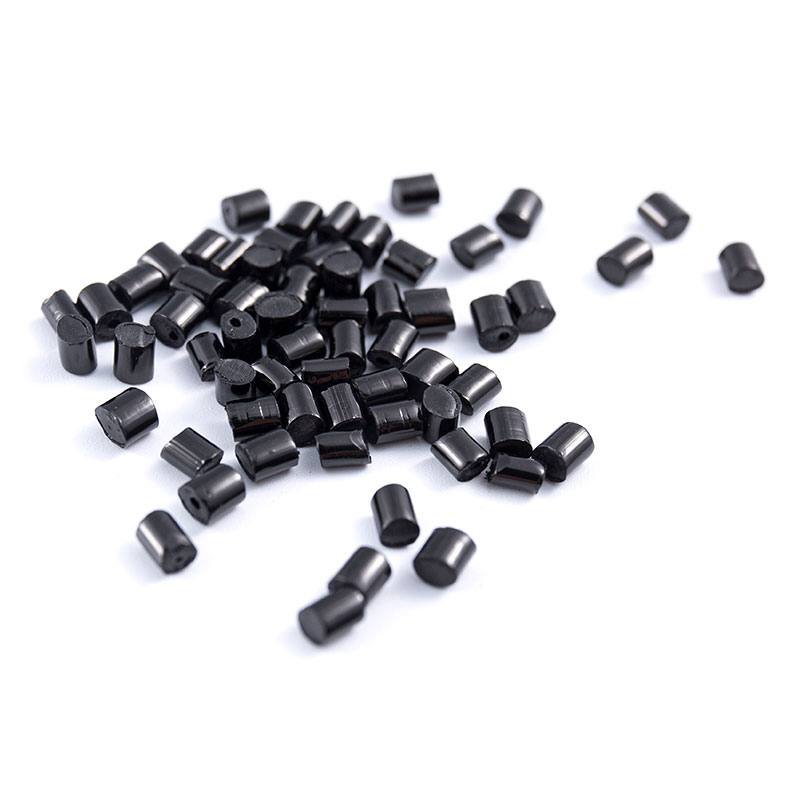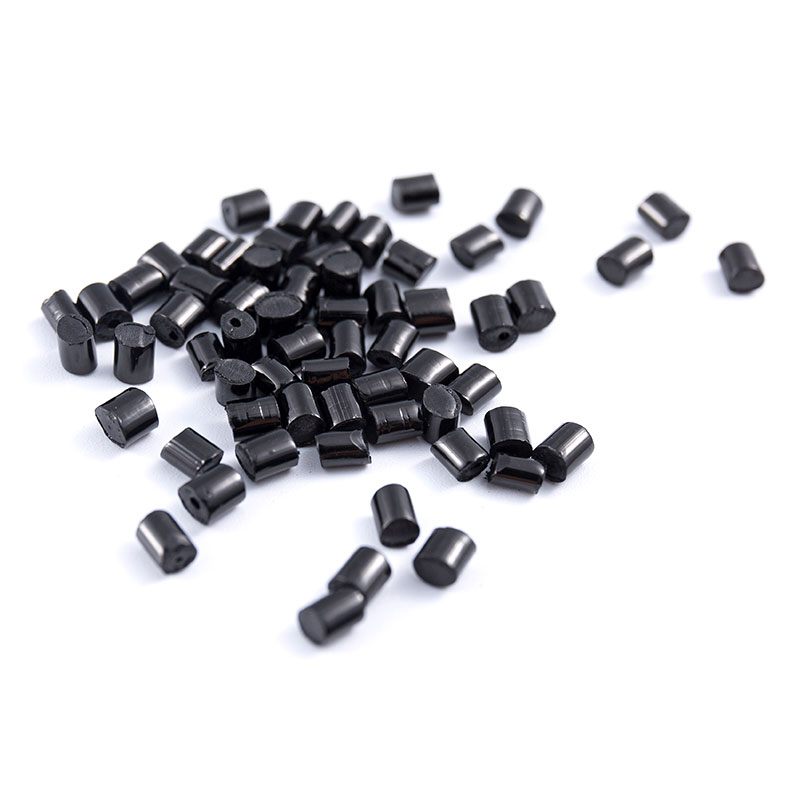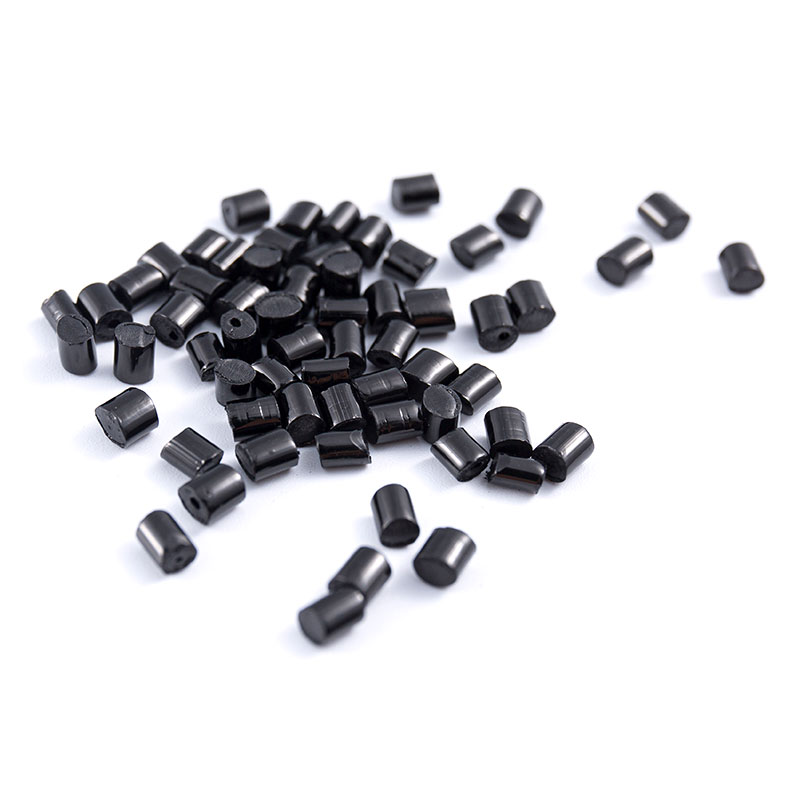Can automotive black masterbatch meet the requirements for glossy, matte, or textured surfaces?
Automotive Black Masterbatch and Surface Appearance Requirements
Automotive black masterbatch serves as a key material category in the manufacturing of both interior and exterior vehicle components, where appearance requirements are often more demanding than in general industrial applications. Glossy, matte, and textured finishes must meet specifications relating not only to aesthetics but also to durability, uniformity, and long-term stability under environmental exposure. As automotive manufacturers increasingly adopt polymer-based solutions for parts such as fascia panels, interior trims, pillar covers, and functional housings, the consistency and adaptability of black masterbatch formulations become essential. In response to these needs, E-LUCK applies advanced dispersion control and material intelligence principles to ensure that its black masterbatches can support a wide range of surface effects without compromising processing stability or downstream performance. The ability of the masterbatch to achieve these surface variations depends on factors including carbon black structure, dispersion uniformity, carrier resin compatibility, and additive package design.
Surface Gloss and Its Dependence on Carbon Black Dispersion
Glossy automotive components require a smooth surface in which light reflection remains uniform across the entire molded area. This reflection uniformity is closely related to the level of carbon black dispersion within the polymer matrix. If particles cluster or disperse unevenly, micro-defects may form on the surface, reducing gloss and causing visual irregularities. E-LUCK’s approach emphasizes precision dispersion, which reduces agglomerates and produces a finely distributed black phase. This supports the formation of smoother melt surfaces during injection molding or extrusion, enabling the automotive black masterbatch to meet glossy appearance expectations. By controlling both pigment size and particle distribution, the formulation helps maintain continuous surface flow lines, which is important in components such as dashboard panels and decorative trims where visual uniformity contributes to perceived quality.
Achieving Matte Surfaces Through Material Design
Matte surfaces rely less on reflection and more on controlled light scattering. Instead of increasing gloss, these surfaces benefit from a microtopography that diffuses incoming light. Automotive designs increasingly incorporate matte finishes for areas intended to minimize glare, such as upper dashboards or functional panels. Automotive black masterbatch intended for matte effects must interact closely with polymer behavior during cooling and filler-content alignment. E-LUCK’s product design includes the ability to fine-tune the dispersion structure to create a balanced level of pigment integration that supports matte surface formation. In these applications, the masterbatch must avoid generating excessive flow marks, which would otherwise break the smooth appearance of the matte finish. By adjusting pigment morphology and optimizing carrier interaction, the masterbatch can support matte effects across a range of polymers, including PP, ABS, and modified engineering plastics.
Below is a general comparison of gloss requirements:
| Surface Type |
Light Reflection Level |
Key Masterbatch Characteristics |
Typical Automotive Applications |
| Glossy |
High |
Fine dispersion, smooth flow |
Pillars, decorative trims |
| Matte |
Low to medium |
Controlled scattering, stable cooling |
Dashboards, interior trims |
| Textured |
Varied by design |
Dimensional stability, uniform pigment distribution |
Grilles, functional housings |
Supporting Textured Surfaces Without Affecting Molded Definition
Textured surfaces are frequently used in automotive parts to enhance grip, conceal scratches, or improve tactile quality. Texture depth and clarity rely on the interaction between mold surface patterns and polymer flow behavior. Automotive black masterbatch must maintain consistency during fill and pack stages to preserve the intended texture definition. If the masterbatch alters melt viscosity or introduces uneven pigment domains, texture fidelity may be compromised, producing areas with blurred patterns or uneven appearance. E-LUCK’s formulation strategies focus on ensuring predictable melt flow without shifting the rheological balance of the host polymer. As a result, black masterbatch can integrate effectively into textured components without masking or distorting the mold’s detailed structure.
Influence of Carbon Black Type and Structure on Surface Appearance
Different grades of carbon black generate distinct appearance outcomes. High-structure carbon blacks tend to produce deeper color intensity, which is often desirable in automotive applications. However, they may increase viscosity if not dispersed adequately. Low-structure carbon blacks can offer better flow but may reduce the depth of surface tone. E-LUCK’s engineering principles allow the combination of selected carbon black grades to achieve a balance between surface depth, processing stability, and aesthetic outcome depending on the desired finish. For glossy surfaces, lower-structure pigments with fine dispersion are effective at enhancing shine. For matte or textured surfaces, medium-structure pigments may help create more controlled scattering or a visually stable texture pattern.
Role of Carrier Resin Compatibility in Surface Quality
Carrier resin compatibility is essential for determining whether the masterbatch supports uniform appearance across all regions of the molded part. If the carrier is incompatible, visible streaks, flow marks, or uneven gloss zones may appear. Automotive components often require consistent appearance across large surfaces or complex shapes, where subtle variations can become noticeable. E-LUCK’s automotive black masterbatch is designed to blend smoothly with common automotive-grade polymers such as PP, ABS, PC/ABS blends, and TPO. The compatibility reduces the likelihood of surface swirling, pigment blooming, or localized gloss variation. This is especially beneficial in parts where both structural integrity and visual presentation must meet industry standards, such as interior trims and exterior decorative elements.
Additive Packages and Their Contribution to Gloss, Matte, and Texture Control
Additive systems play an important role in tuning surface properties. Certain lubricants may increase surface smoothness and thus promote gloss, while other additives can reduce surface flow, supporting matte effects. Stabilizers may also influence color uniformity over time. Automotive applications require these additives to be thermally stable and non-migratory to avoid long-term surface changes. E-LUCK’s formulations integrate additive packages that maintain stability during repeated heating cycles and extended molding operations. These design principles align with the company’s emphasis on material intelligence, ensuring that masterbatch properties stay consistent whether used in high-volume production or specialized component molding.
Below is a simplified illustration:
| Additive Type |
Influence on Appearance |
Impact on Automotive Surfaces |
| Lubricants |
Smoothness, increased gloss |
Decorative trims, glossy covers |
| Anti-glare agents |
Reduced reflection, matte |
Dashboards, low-glare trims |
| Stabilizers |
Color stability, surface endurance |
Interior panels, exterior parts |
Thermal Behavior and Its Effect on Surface Uniformity
Automotive polymers often undergo processes with high mold temperatures and fast cooling cycles. These thermal conditions influence how the black masterbatch interacts with the resin surface during solidification. Glossy surfaces require slower or controlled cooling to maintain smoothness, while matte surfaces often rely on faster solidification or specific additives. E-LUCK designs automotive black masterbatch with stable thermal characteristics to prevent surface defects such as whitening, dull patches, or flow marks under variable cooling conditions. This thermal stability becomes particularly important in large components such as bumpers or interior shells, where temperature gradients across the mold are inevitable.
Resistance to Surface Degradation Under Automotive Conditions
Automotive surfaces must withstand UV exposure, chemical contact, wear, and temperature fluctuations. These conditions affect appearance over time, especially for components with high visual exposure. Automotive black masterbatch must therefore exhibit strong resistance to fading, gloss variation, and texture loss. E-LUCK incorporates UV-resilient pigment structures and stabilizers into its formulations, enabling surfaces to retain consistent tone whether glossy, matte, or textured. This helps ensure that the original surface effect remains stable across the component’s lifecycle, supporting long-term aesthetic reliability.
Process Adaptability: Injection Molding, Extrusion, and Blow Molding
Automotive parts are made using various molding processes, each with different appearance-control requirements. Injection molding demands stable flow for glossy surfaces and consistent cavity fill for textured finishes. Extrusion-based components such as interior strips or protective covers require uniform melt characteristics to avoid surface lines. Blow-molded parts, though less common for aesthetic surfaces, still require stable dispersion for uniform outer appearance. E-LUCK ensures its automotive black masterbatch performs predictably across these processes by designing formulations with tailored rheological behavior. This adaptability allows automotive manufacturers to use a single masterbatch grade across multiple production lines, simplifying inventory while maintaining surface quality.
Ability to Support Glossy, Matte, and Textured Automotive Surfaces
Considering the combined effects of dispersion quality, carrier compatibility, pigment structure, additive stability, and thermal behavior, automotive black masterbatch can meet the requirements for glossy, matte, or textured surfaces when engineered with appropriate design principles. E-LUCK’s approach emphasizes consistency in surface outcomes, helping ensure that automotive components meet aesthetic and performance specifications across various production environments. The company’s focus on precision and advanced dispersion allows the masterbatch to achieve a broad range of surface finishes without sacrificing processing stability or long-term appearance uniformity. Whether developing deep-black glossy trims, low-glare matte dashboard components, or well-defined textured surfaces, the performance characteristics of the masterbatch support reliable and controlled aesthetic results.

 English
English Español
Español














